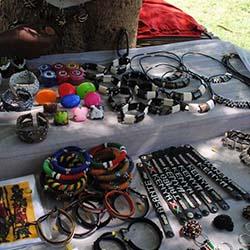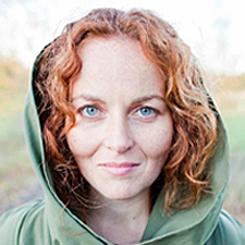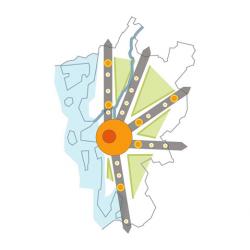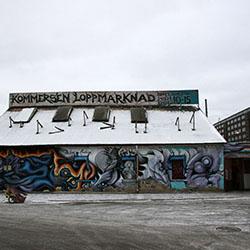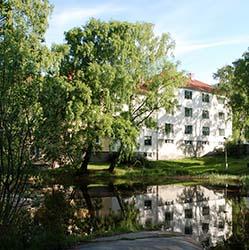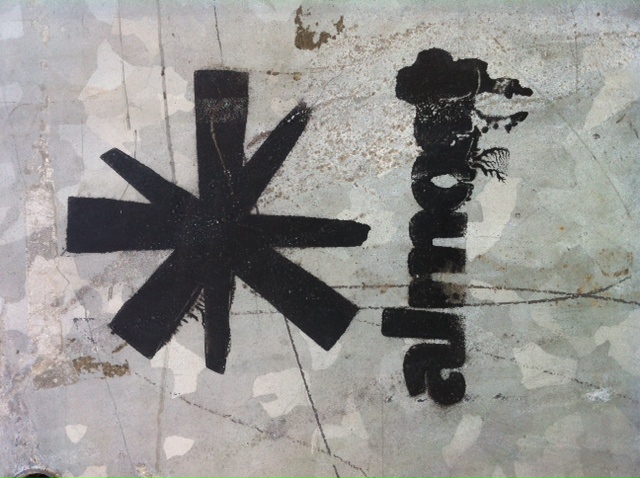
Cities as value networks
In 1950, the urban center of Gothenburg hosted 140,000 residents. 30 years later the population had halved. In the 1980s the population started to increase again but the urban population is actually still lower than 60 years ago.
This situation reflects wider fluctuations of urban populations all over Europe and North America. The project “Cities as value networks" have the objective to investigate what mechanisms make cities grow again. It´s a well-known fact that cities attract capital and people, but we don´t know what the drivers behind this are.
Specific urban locations currently undergoing transformational processes have been studied and the project has investigated changes in living arrangement as well as use of space. Another area that has been studied is values and expectations among potential buyers and users; what are the motivations behind an entrepreneur that settles in a particular property? What drives a tourist to visit a particular street? What features makes a young professional to move to a certain location? What does parkour, street art or urban farming mean in terms of performed values for urban everyday life?
The project members are affiliated both with academia, regional and municipal public bodies as well as public companies and NGOs.
Joakim Forsemalm presented the project at the GOLIP workshop 4 Feb 2016 in Hammarkullen.
